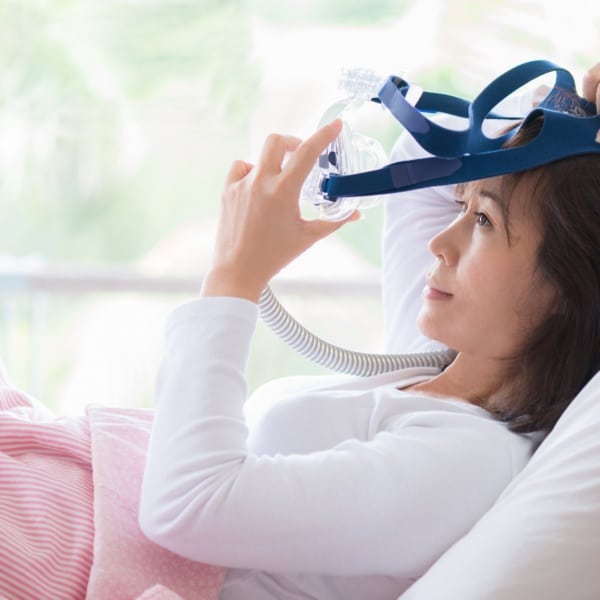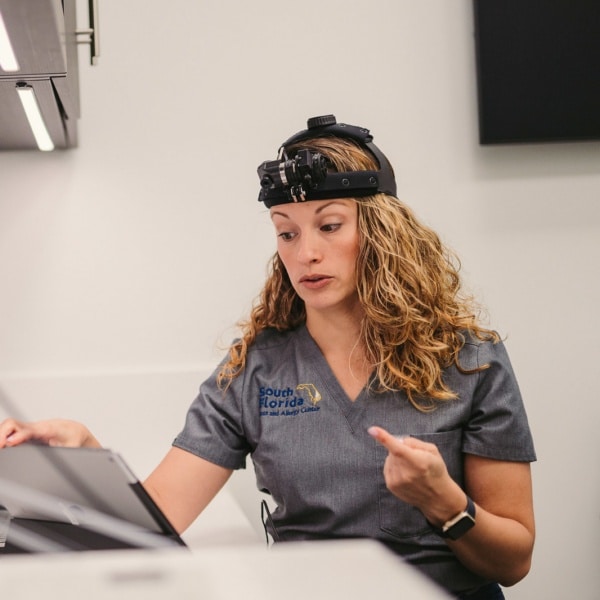Let’s start with a few disquieting facts. Estimates suggest that nearly 30 million adults in the U.S. have obstructive sleep apnea. Worldwide, sleep apnea may affect almost one billion people. In short, sleep apnea is fast becoming one of the most ubiquitous sleep disorders around the globe.
If you think you may be suffering from sleep apnea, the first step is to diagnose it. But given that there is more than one kind of sleep apnea, diagnosis can be difficult. Today, we’ll provide you with the various signs and symptoms of different kinds of apnea, so you can get a clearer sense about which sleep apnea is preventing you from getting much-needed sleep.
The Three Apneas
Obstructive Sleep Apnea
Often abbreviated as OSA, obstructive sleep apnea is the most commonly diagnosed type of sleep apnea. In essence, it arises from what is basically a mechanical problem. During sleep, the patient’s tongue falls back against his or her soft palate, and the soft palate and uvula fall back against the back of the throat, effectively closing the airway.

In other words, the sleeper’s chest may expand, but no air will enter the lungs. It is thought by some to have neurological origins, though a definitive cause has yet to be determined. Some researchers believe the mechanical failings that give rise to OSA are neurological in origin, that the flaccidity of the tongue and throat muscles results from improper or inadequate signaling from the brain.
Whatever its cause, OSA left untreated is a serious matter. In many cases, it leads to debilitating daytime sleepiness, morning headaches, and depression. Over time it gives rise to high blood pressure, heart disease, strokes, diabetes, and other life-threatening and life-shortening diseases.
Central Sleep Apnea
In contrast to OSA, Central Sleep Apnea (CSA) is caused not by a mechanical breathing issue, but rather a lapse in communication between brain and body. Essentially, with CSA, the brain cannot tell the body to breathe during sleep and so breathing is not even attempted. Thus while OSA is namely a problem that almost always can be corrected by procedures, tests, and breathing exercises, treatment of the CSA patient is more challenging.
Symptoms of CSA are similar to OSA, though they are often accompanied by additional symptoms such as difficulty swallowing, voice changes, and an overall sense of weakness and numbness. If you sleep in the vicinity of someone else, they may be able to distinguish between OSA and CSA by observing whether you are snoring excessively or experiencing paradoxical breathing patterns during sleep, both of which are experienced with OSA but not CSA.
Complex Sleep Apnea

The third and final kind, complex sleep apnea (CompSA), occurs when an individual experiences a mixture of both OSA and CSA. Named by researchers at The Mayo Clinic, it was first noticed in a group of patients diagnosed with OSA that underwent treatment and subsequently experienced symptoms of CSA.
Breathe Easier With South Florida Sinus and Allergy
If you believe you may be suffering from OSA, contact Florida Sinus & Snoring Specialists, where Dr. Mandel and his team of expert physicians can help you find a solution. Call us today to request an appointment at 954-983-1211.
